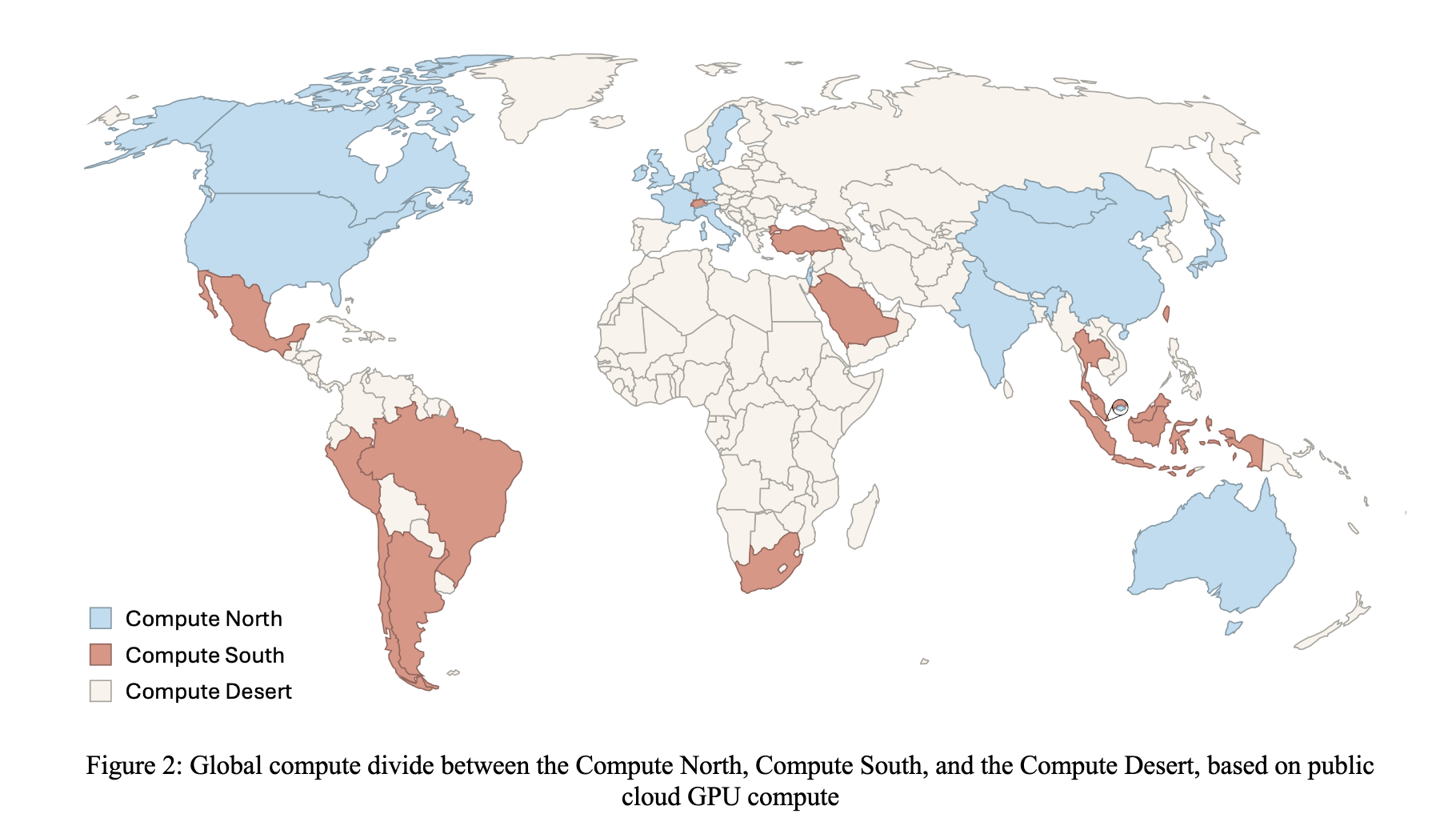Mutually Assured Education
76 readers
1 users here now
Links to interesting / good / important tech policy papers are welcome.
Brevity is appreciated, although some context (hashtags, an abstract, etc.) is helpful.
"Tech Policy" is intended broadly -- topics like governance, standards, community-building, law, regulation, etc. are all in scope.
founded 7 months ago
MODERATORS
1
2
3
4
5
2
The Regulator's Trilemma: On the Limits of Technocratic Governance in Digital Markets
(journals.sagepub.com)
6
7
8
2
Who drives the international standardisation of telecommunication and digitalisation? Introducing a new data set
(onlinelibrary.wiley.com)
9
2
The False Choice Between Digital Regulation and Innovation - Northwestern University Law Review (Bradford, 2024)
(northwesternlawreview.org)
10
11
2
Beyond Big Tech: A Framework for Building a New and Fair Digital Economy
(www.balancedeconomy.org)
12
1
Report: Critical Dependencies. On the power consolidation of digital infrastructures
(www.thegreenwebfoundation.org)
13
14
15
16
4
The Googlization of the classroom: Is the UK effective in protecting children's data and rights?
(www.sciencedirect.com)
17
18
19
20
1
A call for action and a roadmap for the new UK government to support the digital commons
(www.foundation.org.uk)
21
22
23
24
25
view more: next ›
